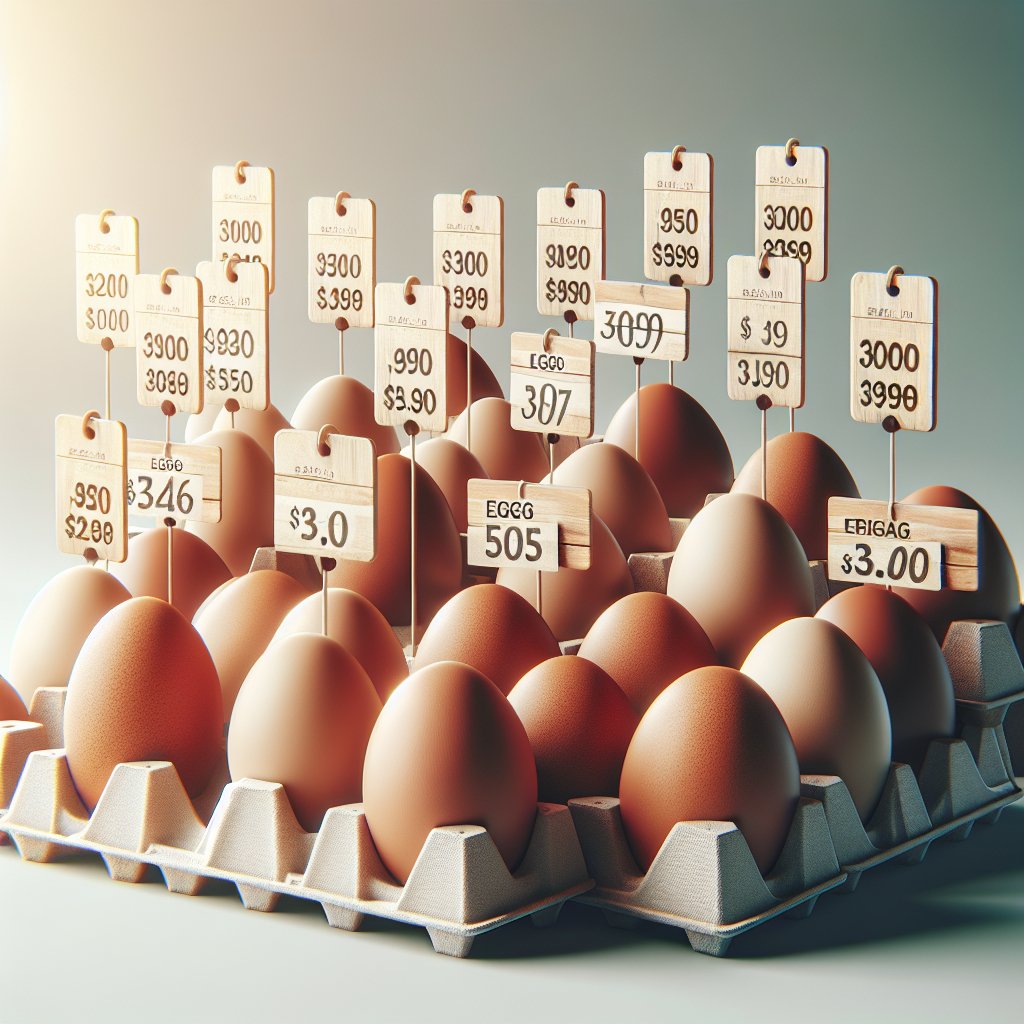The current prices of eggs in collection centers reflect various factors influencing the agricultural market, including supply and demand dynamics, production costs, and consumer preferences. Understanding these prices is crucial for both producers and consumers, as they impact the overall economy of the poultry industry. This article will explore the current trends in egg prices, the factors affecting these prices, and the implications for farmers and consumers alike.
Current Trends in Egg Prices
As of 2023, the prices of eggs have shown significant fluctuations due to various market forces. In many regions, the average price per dozen eggs has seen an increase compared to previous years. This rise can be attributed to several key factors, including changes in feed costs, disease outbreaks among poultry, and shifts in consumer demand.
According to recent data, the average price of a dozen large eggs in collection centers has reached approximately $3.00 to $4.00, depending on the region and the specific market conditions. This represents a notable increase from the previous year, where prices hovered around $2.00 to $3.00 per dozen. The increase in prices has raised concerns among consumers, particularly those on fixed incomes, as eggs are a staple food item in many households.
Regional Variations
Egg prices can vary significantly from one region to another. In urban areas, where demand is typically higher, prices may be elevated due to increased transportation and distribution costs. Conversely, in rural areas where production is more concentrated, prices may be lower. For instance, in the Midwest, where many large-scale poultry farms are located, prices may be more stable and lower compared to coastal regions where transportation costs add to the final price.
- Midwest: Prices tend to be lower due to proximity to production facilities.
- West Coast: Higher prices are often seen due to transportation costs and higher demand.
- South: Prices can fluctuate based on seasonal demand and local production levels.
Factors Influencing Egg Prices
Several factors contribute to the fluctuations in egg prices, and understanding these can help stakeholders make informed decisions. The primary factors include:
1. Feed Costs
The cost of feed is one of the most significant expenses for poultry farmers. As feed prices rise, often due to global commodity market fluctuations, farmers may pass these costs onto consumers in the form of higher egg prices. In recent years, the prices of corn and soybean meal, the primary components of poultry feed, have seen substantial increases, directly impacting egg production costs.
2. Disease Outbreaks
Outbreaks of avian influenza and other diseases can lead to significant losses in poultry populations, resulting in reduced egg supply. When supply diminishes, prices typically rise. For example, the avian influenza outbreak in 2022 led to the culling of millions of birds, which had a direct impact on egg availability and prices in the following year.
3. Consumer Demand
Shifts in consumer preferences also play a crucial role in determining egg prices. The growing trend towards organic and free-range eggs has led to increased demand for these products, often resulting in higher prices compared to conventional eggs. As consumers become more health-conscious and environmentally aware, they are willing to pay a premium for eggs that align with their values.
4. Seasonal Variations
Egg prices can also be influenced by seasonal demand. For instance, during holidays such as Easter, the demand for eggs typically increases, leading to higher prices. Conversely, during off-peak seasons, prices may stabilize or decrease as supply outpaces demand.
Implications for Farmers and Consumers
The fluctuations in egg prices have significant implications for both farmers and consumers. For farmers, rising prices can lead to increased revenue, but they must also navigate the challenges of production costs and market competition. On the other hand, consumers face the challenge of balancing their budgets while purchasing essential food items like eggs.
For Farmers
Farmers must adapt to changing market conditions to remain profitable. This may involve investing in more efficient production methods, diversifying their product offerings, or exploring direct-to-consumer sales channels. Additionally, staying informed about market trends and consumer preferences can help farmers make strategic decisions that enhance their competitiveness.
For Consumers
Consumers can benefit from being informed about egg prices and market trends. By understanding the factors that influence prices, they can make more informed purchasing decisions. Additionally, exploring local farmers’ markets or community-supported agriculture (CSA) programs can provide consumers with access to fresher products at potentially lower prices.
Conclusion
The current prices of eggs in collection centers are influenced by a complex interplay of factors, including feed costs, disease outbreaks, consumer demand, and seasonal variations. As these factors continue to evolve, both farmers and consumers must remain vigilant and adaptable to navigate the changing landscape of the poultry market. By understanding the dynamics at play, stakeholders can make informed decisions that benefit their economic well-being and contribute to a sustainable agricultural system.




